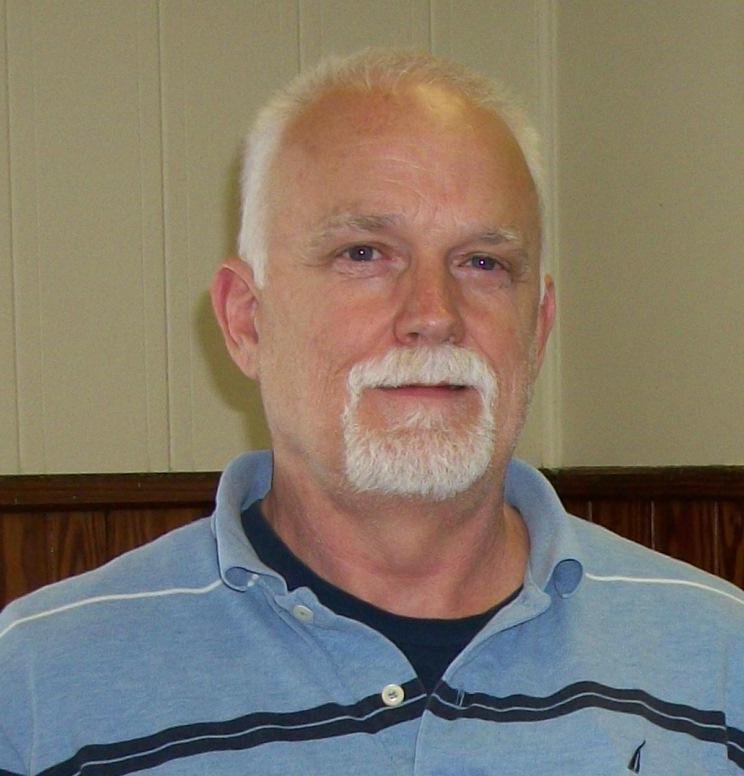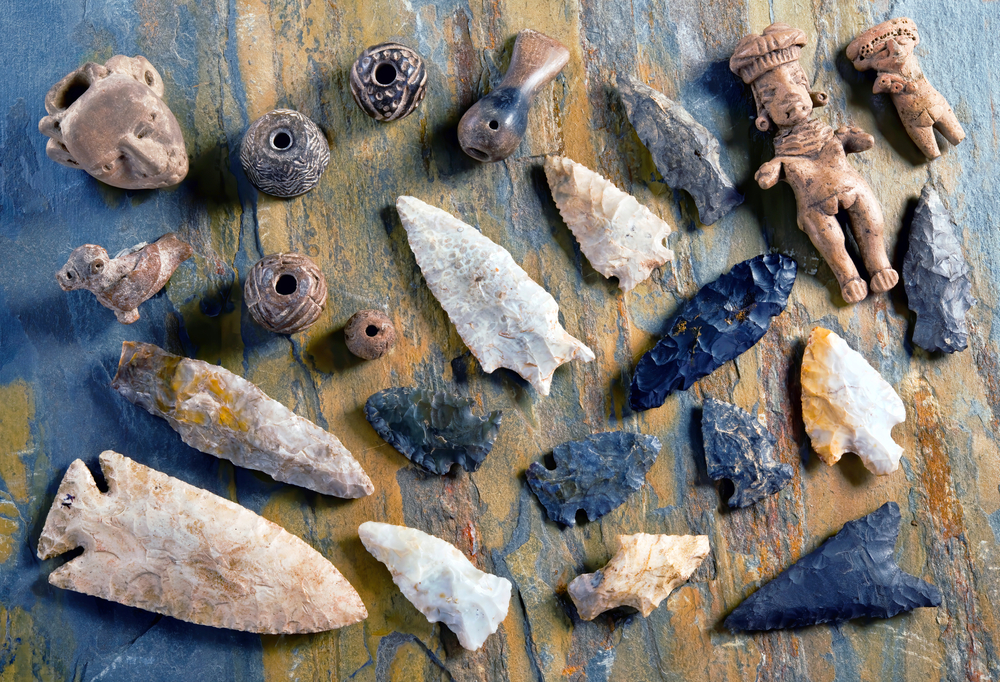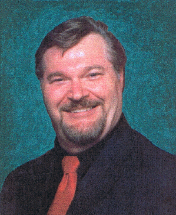Welcome to the Peach State Archaeological web site. We are a non-profit organization committed to the study of archaeology in and around the state of Georgia. We encourage responsible material and site management through systematic documentation.
We are dedicated to the preservation of important archaeological sites and lend voluntary support in archaeological salvage operations. We discourage the display and selling of fraudulent artifacts. We encourage the publication of useful archaeological information that would be of interest to our membership.
We hope you find this web site encouraging and informative and appreciate your visit.


1316 Highland Bluff Drive S.E.
Atlanta, GA 30339
404.822.7182
contacttrentclayton@gmail.com
My interest in Indian artifacts, crafts, and eventually archaeology began at the age of 7 when my father showed me a collection of points found on my mother’s family land in Chesterfield County, SC.
I became fascinated with the skill and artistry the Indians possessed. My dad gave me a book on Indian Crafts and taught me how to make a bow from a hickory sapling. Interest quickly developed into passion as I created arrows, bolas, tomahawks, peace pipes, and knives.
After moving to Connecticut, I continued artifact hunting and crafting. I was in a different environment and it became necessary to learn how to utilize unfamiliar lithic and wood resources. I began learning how to identify the various lithics used by the Indians of New England. It was at this point in my life that I was exposed to the principles of geology through a family friend Dolores Kelsey.
Moving to Kentucky, I hunted artifacts in rural Simpson County, KY along Drakes Creek and the Hoy Cave area of Franklin, KY. I became knowledgeable of lithics different from the Piedmont Carolina slate belt and New England materials that I had been so familiar with. I was amazed with the higher quality flints available to the Indians of that area.
After moving to Seneca, SC, I joined the local Boy Scouts of America Troop 219. Earning my Eagle Scout award by age 17 and then Brotherhood level of the “Order of the Arrow”, I learned useful skills in camping, hiking, and wilderness survival. I was fortunate enough to spend time with Mr. Samuel Prince, a seasoned woodsman who had an extensive knowledge of trees and plants of the Blue Ridge Escarpment.
After graduating from Clemson University, I continued my interest in archaeology by assisting Mr. Tommy Charles from the University of South Carolina with the excavation of a large Indian site on the banks of the south Saluda River in Greenville and Pickens Counties, South Carolina. It was a hands-on experience into archaeological procedures.
As my passion and artifact collection grew, I began attending artifact shows sponsored by the Piedmont Archaeological Society as well as the Peach State Society. I began collaborating with fellow collectors and craftsmen. Roger Lindsay from Pickens County, SC, whom I met on the Saluda dig, taught me atlatl technology, fletching, and fire building techniques.
Living in Atlanta, GA, I am lucky enough to have the West Palisades Unit of the Chattahoochee River National Recreation Area within walking distance of my home. Many trails along the river floodplain and the upper ridges offer views of the Chattahoochee where it flows through a deep gorge formed by the Brevard Fault. I currently serve as a Trailblazer for the CRNRA and actively involved in volunteer work along the river corridor.
Being involved in the Peach State Archaeological Society has deepened and broadened my interest into this life-long passion.

5295 Chaversham Lane Peachtree Corners, Ga. 30092-2166 770-652-3575 carnetts@mindspring.com

Lloyd was born and raised in Michigan where the only contact he had in finding arrowheads was when a boyhood friend pulled one out of a plowed field from under his shoe. He became interested in hunting and collecting artifacts while living in Mississippi in the 1980’s. His interest grew while living in Tennessee and later as he moved back to Florida.
He attended Florida Junior College at Jacksonville, Florida and later received his Bachelor of Divinity from Luther Rice Seminary in Jacksonville, Florida. While he has had no formal training in archaeology, he has conducted field work with the late Calvin Jones at the Swift Creek school site (8LE148) in Tallahassee, Florida and some Civil War field work at the Olustee battlefield near Lake City, Florida.
Lloyd Schroder was an active member of the Florida Anthropological Society and served as the President and Editor for the Northeast Florida Anthropological Society newspaper where he began to write about Florida arrowheads. His writings were collected by the club membership until its membership grew to nearly 400 members. Finally, Lloyd wrote his first book, The Anthropology of Florida Points and Blades, published in 2002 by American Systems of the Southeast, Inc. Since then, Lloyd published a revised addition of the same book in 2006, including over 100 pottery types from Florida.
He has been active in the identification of Indian artifacts for nearly 40 years, working with the Society for Georgia Archaeology for many years as well as conducting artifact identification days at the Etowah Indian Mounds for several years. He worked with Dr. Mark Williams at the University of Georgia in developing the Georgia Indian Pottery web site by providing hundreds of photographs and developing maps of pottery type distribution throughout Georgia.
Lloyd has most recently served as the web master for the Peach State Archaeological Society and has provided public education to several groups throughout Georgia. Lloyd’s most recent book, A Field Guide To Southeastern Indian Pottery (Revised & Expanded) was completed in 2015 and is available from Lulu Press. The book contains over 1000 illustrations and maps and has been well received by professional archaeologists across the Southeast.